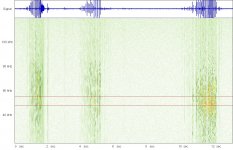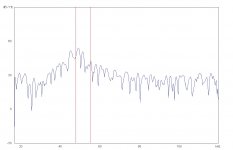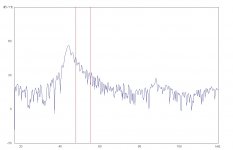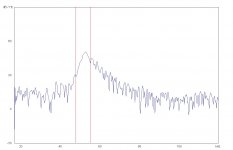Capercaillie71
Well-known member
Hi all
I was out last night with my bat detector checking various sites near home. Mostly I was recording pipistrelles (common and soprano) but I also got this recording, which I think might be Daubenton's. Does it look right for this species?
The recording was made from a bridge over a small tree-lined river. Although the river is quite fast flowing, there was quite a calm pool just above the bridge and the bat appeared to be flying very low over this bit of water, although it was difficult to see (it was more than 1 hour after sunset).
I was out last night with my bat detector checking various sites near home. Mostly I was recording pipistrelles (common and soprano) but I also got this recording, which I think might be Daubenton's. Does it look right for this species?
The recording was made from a bridge over a small tree-lined river. Although the river is quite fast flowing, there was quite a calm pool just above the bridge and the bat appeared to be flying very low over this bit of water, although it was difficult to see (it was more than 1 hour after sunset).








